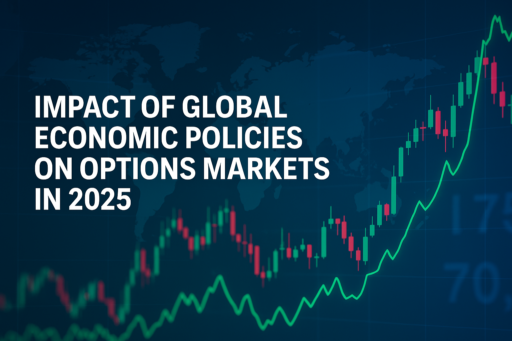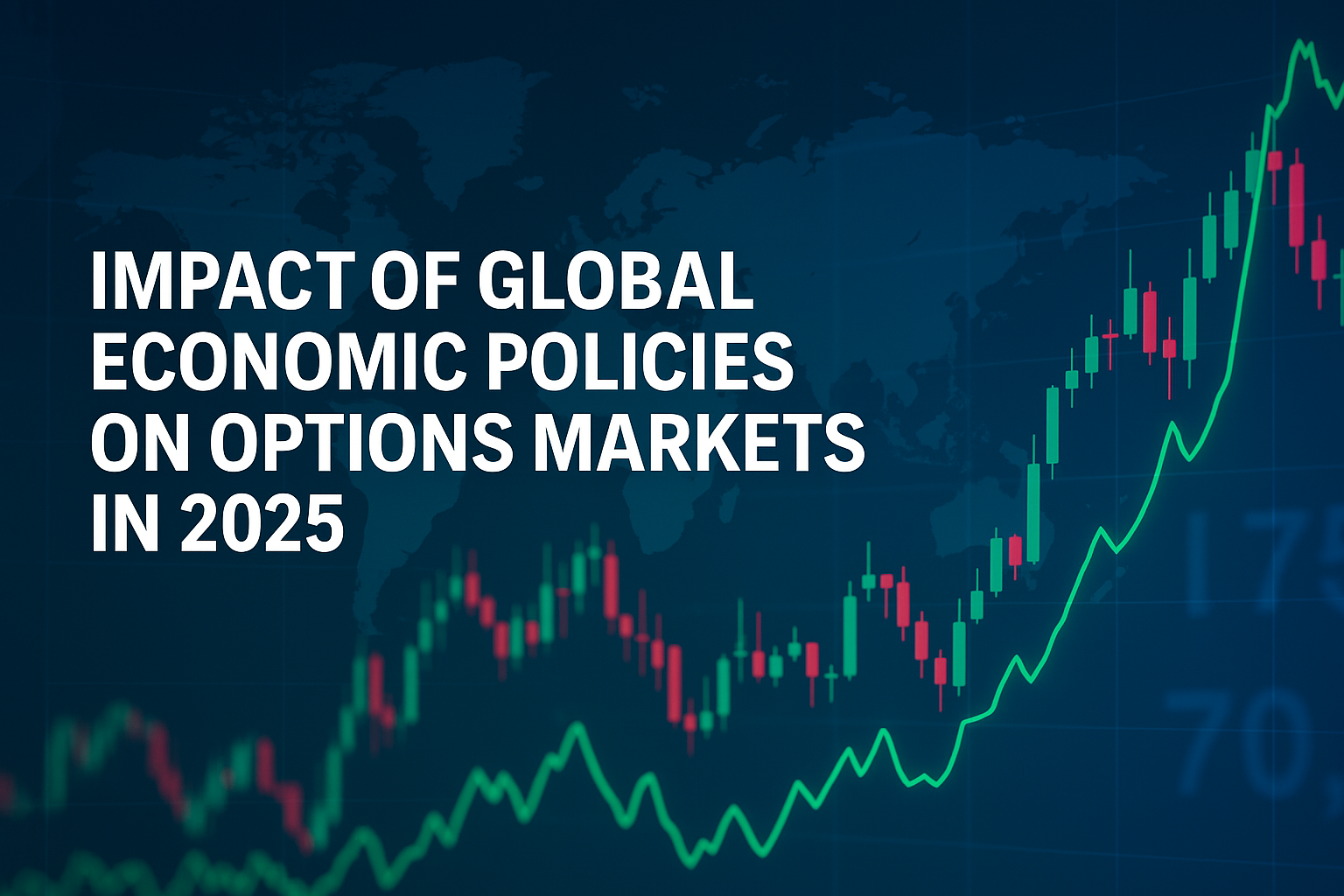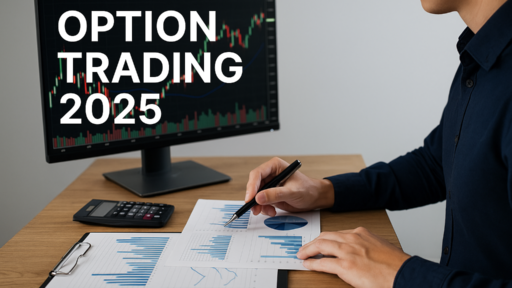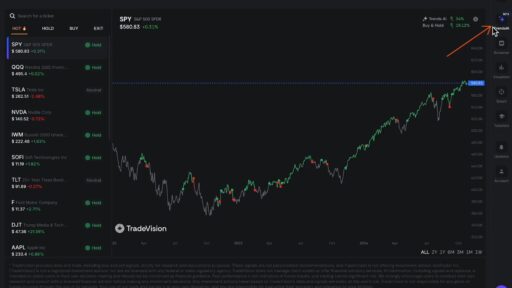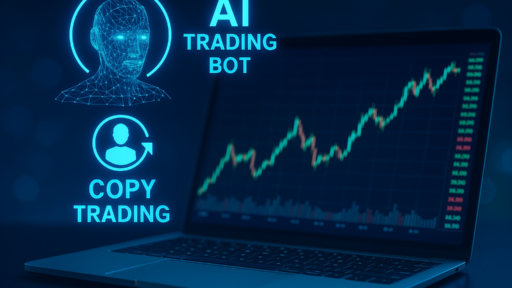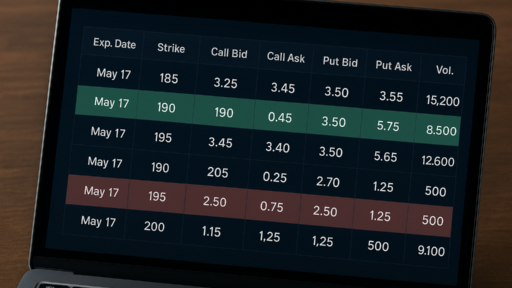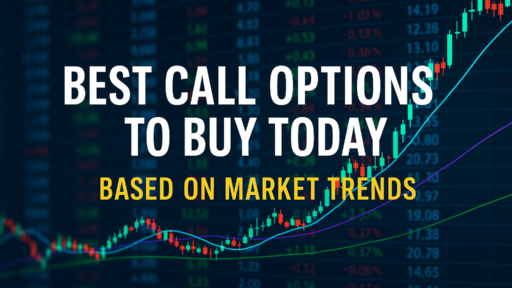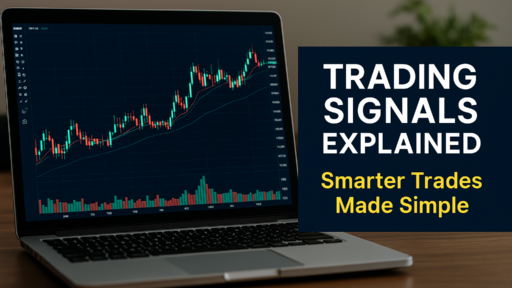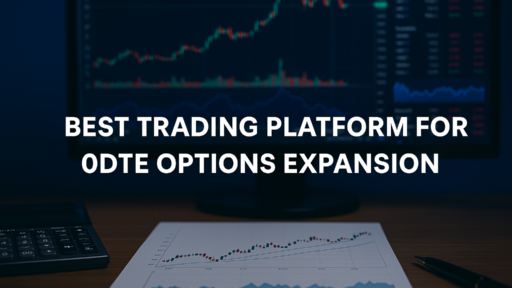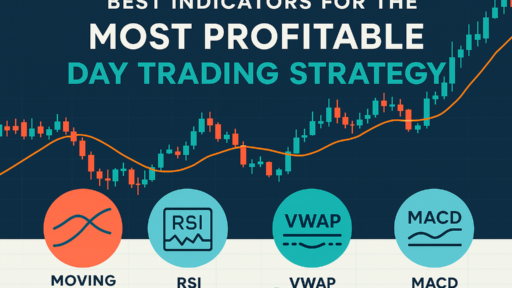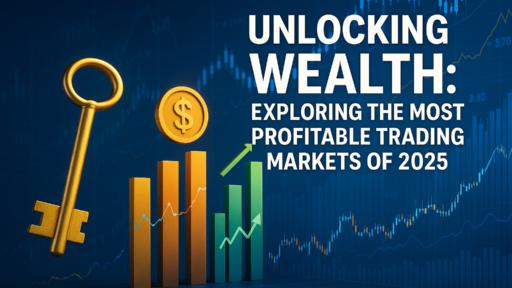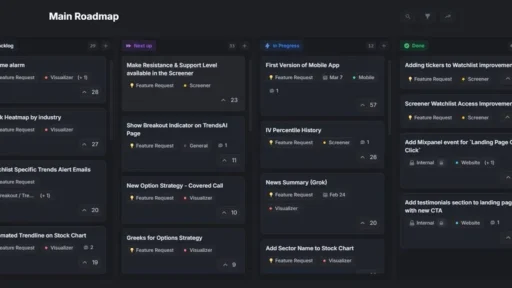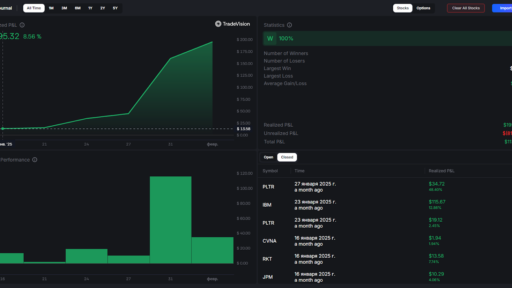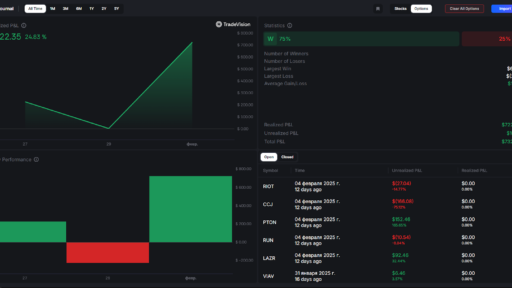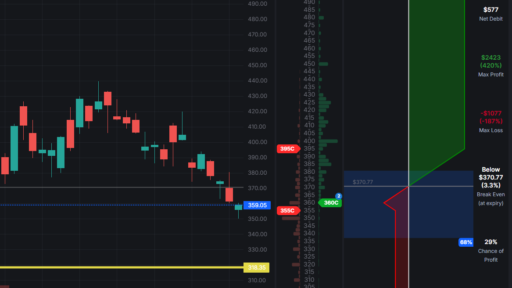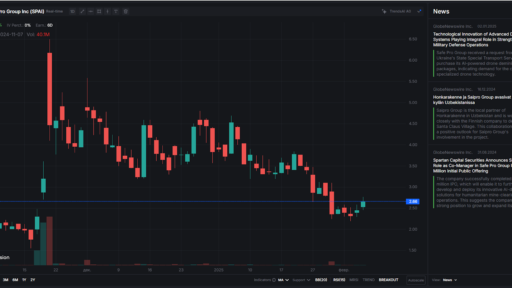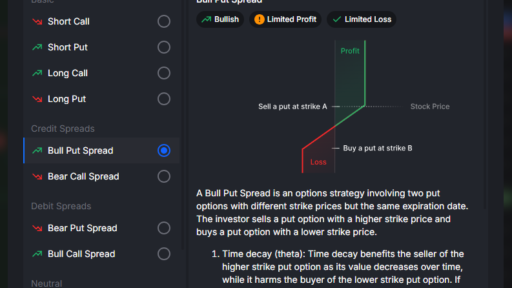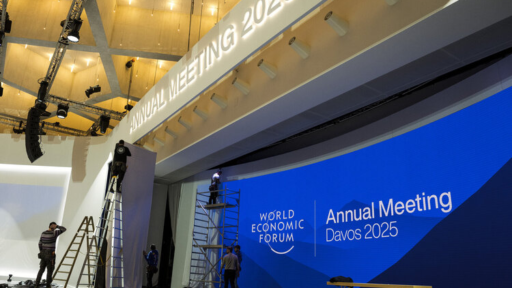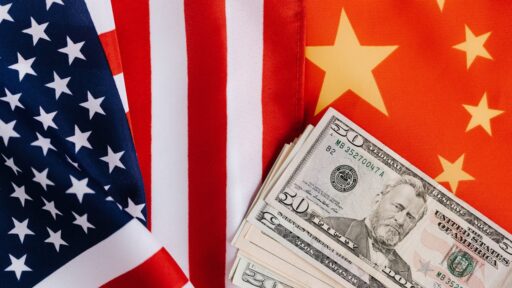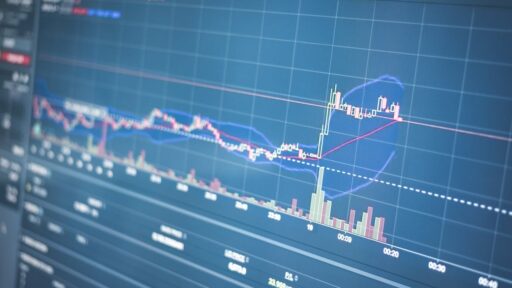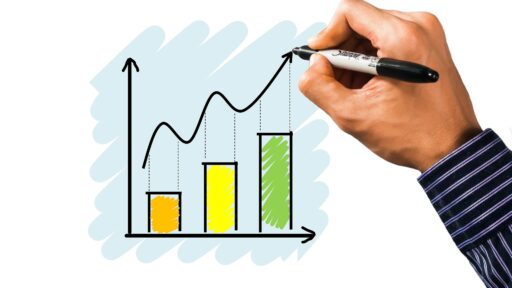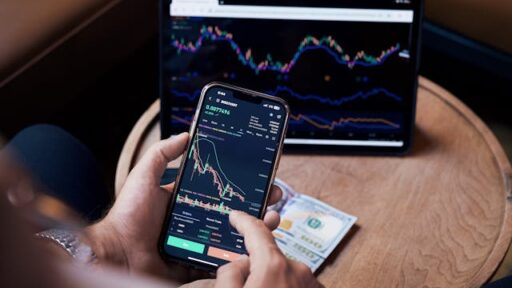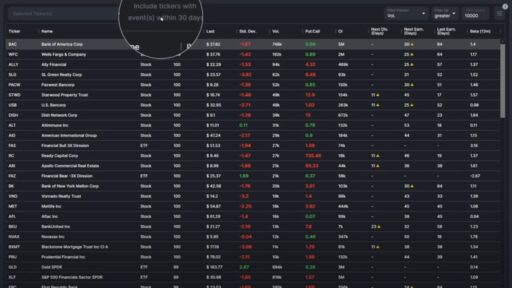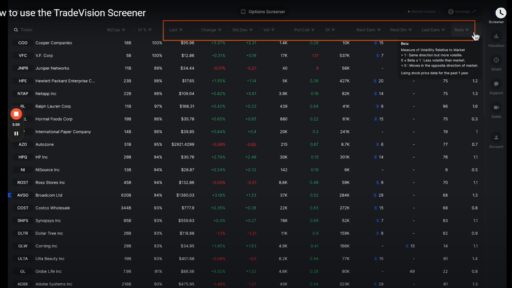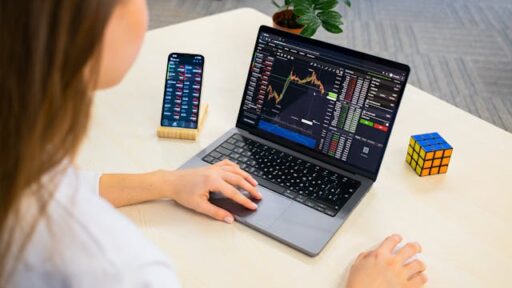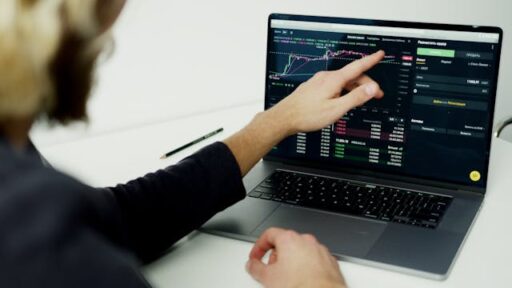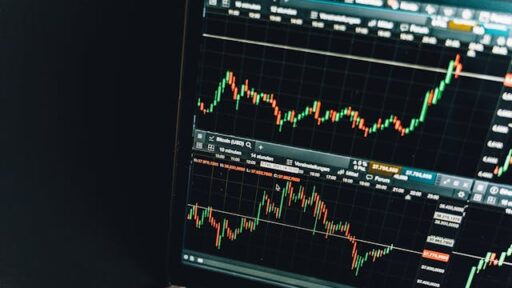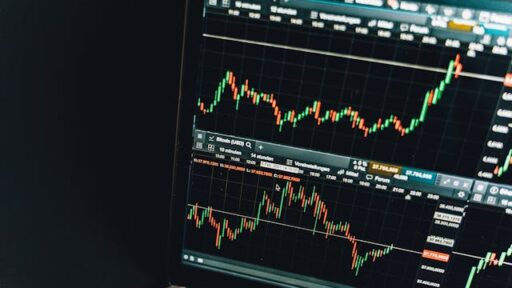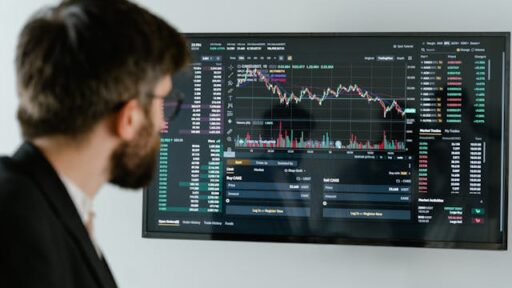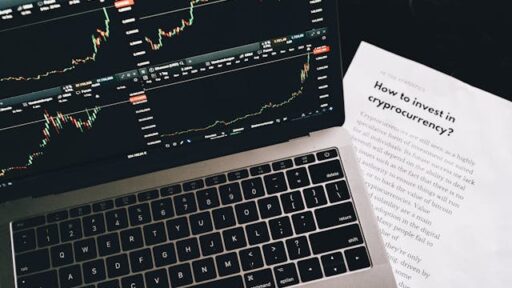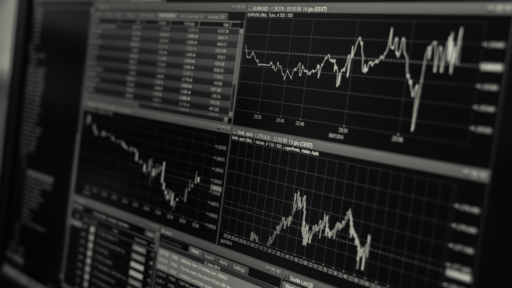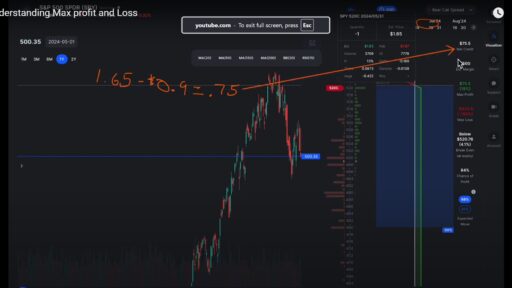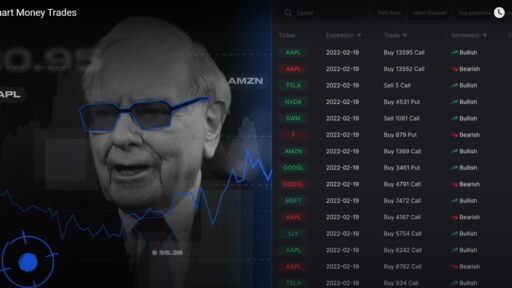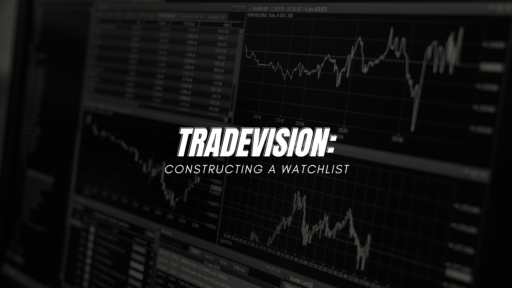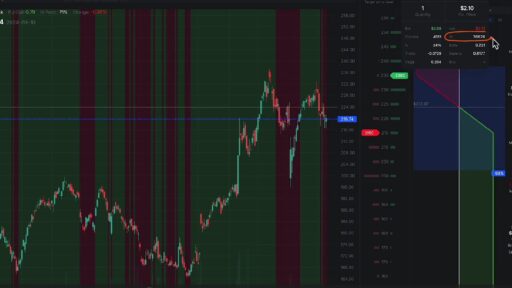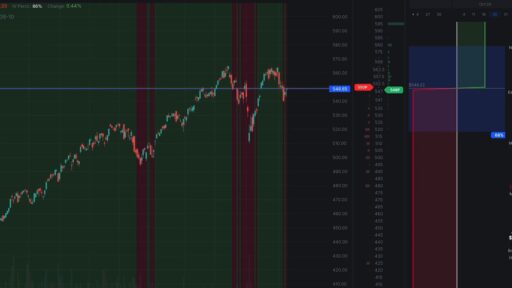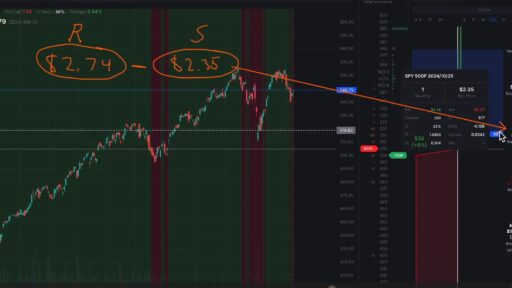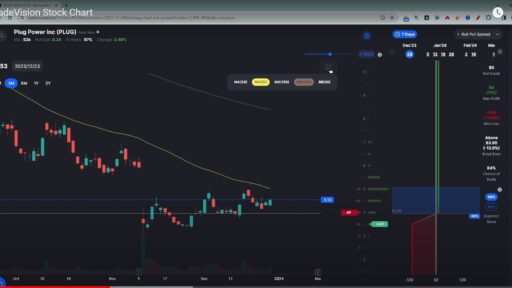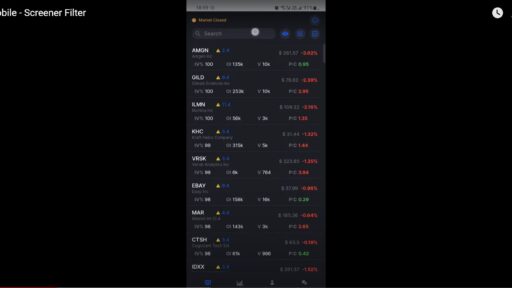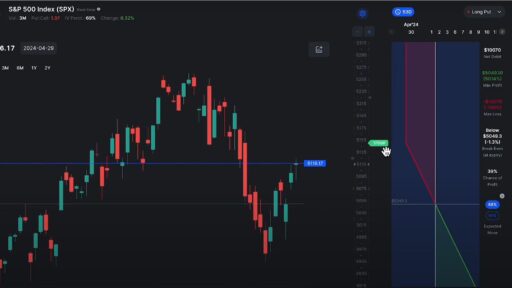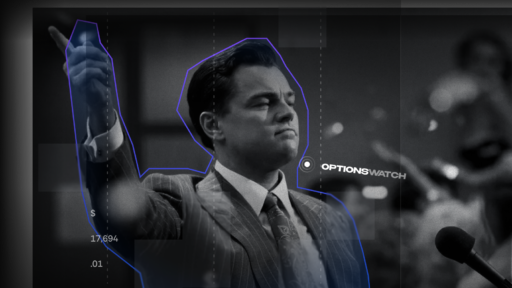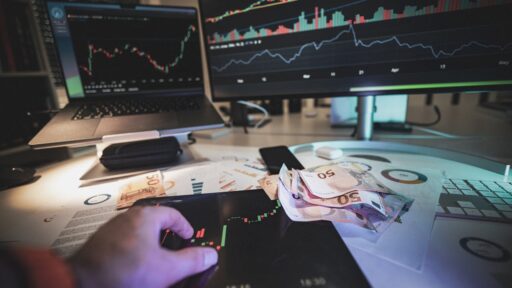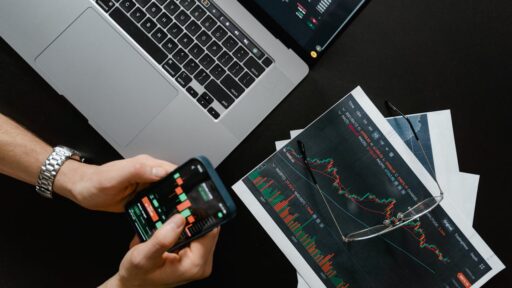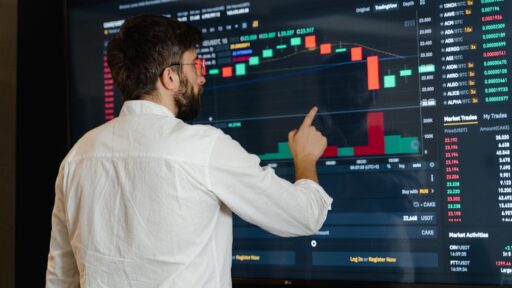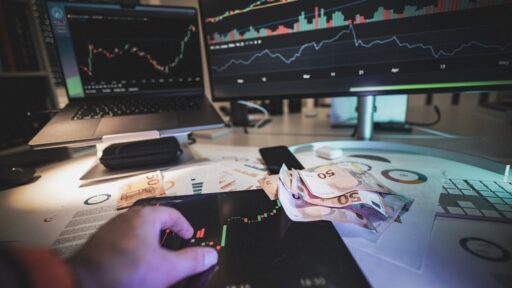In today’s interconnected world, options markets have become a significant tool for both retail and institutional investors. With global economic policies continuously evolving, the options markets are also undergoing changes, presenting both opportunities and challenges for traders. The dynamics of international trade agreements, central bank policies, and geopolitical events have a lasting effect on financial markets, including options.
In this article, we will explore the relationship between global economic policies and the impact on options markets, while highlighting how traders can stay ahead of the curve. We’ll also touch on how leveraging advanced tools, like TradeVision, can help traders navigate these complexities with ease.
How Global Economic Policies Shape Options Markets
Global economic policies, from fiscal measures to trade policies, play a critical role in determining the direction of financial markets, including the options markets. When major global players such as the U.S., China, or the European Union announce new policies, the ripple effects can be felt far and wide, influencing investor sentiment and volatility. Here’s how economic policies influence options markets:
Trade Agreements and Tariffs:
Particularly on businesses subjected to foreign trade, trade agreements, tariffs, and sanctions have fast market impacts. For instance, if a nation imposes lower trade restrictions or lowers a new tariff, it could affect the stock values of businesses in particular sectors. This might be seen in the options markets as price changes, which experienced options traders may take advantage of by applying various techniques or buying calls or puts.
Monetary Policy and Interest Rates:
Central banks, such as the U.S. Federal Reserve, influence the financial landscape through interest rate decisions. When a central bank increases or decreases rates, it can cause sharp movements in stock prices and, in turn, affect the options markets. The relationship between interest rates and stock prices is crucial for options traders, especially when navigating time-sensitive trades that rely on interest rate movements.
Geopolitical Risks:
Trade wars, political instability, or military battles all cause a great increase in market volatility. These events produce doubt, and choices markets are frequently a goto tool for hedging against potential risks. Employing techniques like straddles or strangles to shield their portfolio, traders who monitor international events can position themselves to exploit volatility.
Given such interconnectivity, it is no wonder that wise investors follow economic events and adapt their plans as well. By means of tools that let users track worldwide events and change their positions in real time, TradeVision is a very useful reference for grasping market movements.
Opportunities in the Options Markets Amid Global Economic Changes
Global economic shifts present a variety of opportunities for options traders who are prepared and well-informed. Here’s a look at how traders can use these changes to their advantage in the options markets:
Volatility as a Trading Opportunity:
When economic policies or geopolitical events create market uncertainty, volatility increases. While volatility can be intimidating for some, it can also offer lucrative opportunities for traders who are familiar with options strategies. Volatility-based strategies, such as buying straddles, can be particularly useful during times of economic uncertainty. By purchasing both a call and put option, traders can profit from large price swings in either direction.
Leveraging Economic Reports for Timing Trades:
Economic reports, such as GDP data, inflation reports, and employment figures, are essential to predicting the direction of markets. For instance, when a country announces a robust jobs report, it may lead to bullish market sentiment, especially in consumer-driven sectors. Conversely, poor economic performance may trigger a bearish outlook. In both cases, options markets provide the flexibility to respond quickly. Traders who use platforms like TradeVision can analyze trends in real-time and place well-timed trades to capitalize on immediate price movements.
Hedging Against Economic Downturns:
Investors typically try to shelter their portfolios during periods of financial unpredictability. Ideal for hedging tactics are the opportunities markets. Put options, for instance, serve as a kind of insurance against market crashes, so assisting investors to reduce risk in a turbulent setting. Conversely, traders can during times of inflation use options to shield against value erosion in stocks and products.
Using sophisticated software like TradeVision, traders have access to predictive analytics and datadriven knowledge to enable informed risk management and hedges strategy decisions. Understanding economic policies and their possible impact on markets helps options traders to better foresee market changes and properly match their tactics.
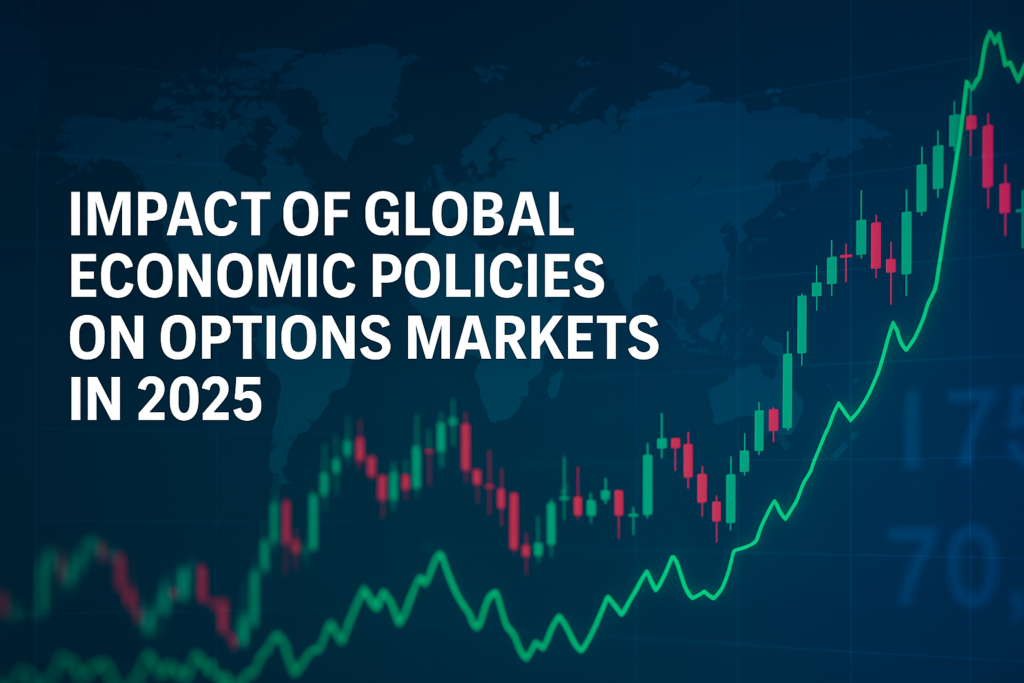
Why Staying Informed About Economic Policies Is Key to Success in Options Markets
Staying up-to-date on global economic policies is not just beneficial for understanding the general market mood but also crucial for executing successful trades in the options markets. Traders who don’t pay attention to these policies may miss out on opportunities or expose themselves to unnecessary risks.
Understanding Economic Trends Helps Predict Market Behavior:
By keeping an eye on economic reports, trade agreements, and geopolitical events, options traders can anticipate market trends and adjust their trades accordingly. For example, an impending interest rate hike by the Federal Reserve may signal that a sector dependent on cheap financing could see reduced demand. Anticipating these changes allows options traders to capitalize on price moves ahead of time.
Timely Decision-Making Is Crucial in Options Trading:
One of the key advantages of options markets is the ability to act quickly. Traders who understand how economic changes affect asset prices can make faster, more informed decisions, whether it’s buying or selling options contracts. In a world of high-frequency trading, staying ahead of the game is essential, and platforms like TradeVision offer real-time data and alerts to help traders make swift decisions.
A Focused Strategy Can Minimize Losses:
Economic uncertainty can lead to unpredictable market moves, but a well-thought-out strategy based on current events can help mitigate potential losses. Whether it’s adjusting stop-loss orders, trading on volatility, or using options to hedge, maintaining a flexible and informed approach will ensure that options traders stay profitable, even in unpredictable times.
FAQ About Options Markets and Global Economic Policies
1. How do global economic policies affect options markets?
Global economic policies, such as interest rate changes, fiscal policies, and trade agreements, directly impact the underlying assets in the options markets. These policies can cause stock prices to fluctuate, providing opportunities for options traders to take advantage of price movements or hedge against risks.
2. Can I use options to profit from economic downturns?
Yes, options can be used to profit during economic downturns. Put options, for example, allow traders to benefit from a decline in asset prices. Additionally, traders may use other strategies like straddles to profit from volatility in bearish markets.
3. What role do central bank policies play in the options markets?
Central bank policies, particularly interest rate changes, are closely watched by traders as they can have significant effects on stock prices, bonds, and currencies. These movements can then affect the options markets, creating opportunities for well-timed trades based on market expectations.
4. How can I stay informed about global economic events affecting options markets?
Staying informed involves following financial news, economic reports, and geopolitical developments. Tools like TradeVision provide real-time alerts, analytics, and news updates, helping traders stay ahead of the curve and adjust their strategies accordingly.
5. What strategies are best for trading options during economic uncertainty?
During uncertain times, strategies like buying volatility (straddles or strangles) and using options as a hedge (put options for protection) are commonly employed. Additionally, traders can use advanced data tools to identify trends and adjust their positions to maximize potential gains.
Conclusion
Understanding the impact of global economic policies on options markets is essential for any trader aiming to succeed in today’s fast-paced financial environment. By staying informed about major economic developments and leveraging tools like TradeVision, traders can navigate these turbulent waters with confidence. Whether you’re a seasoned professional or a newcomer to the world of options, the ability to predict and react to economic changes will set you apart from the crowd.
